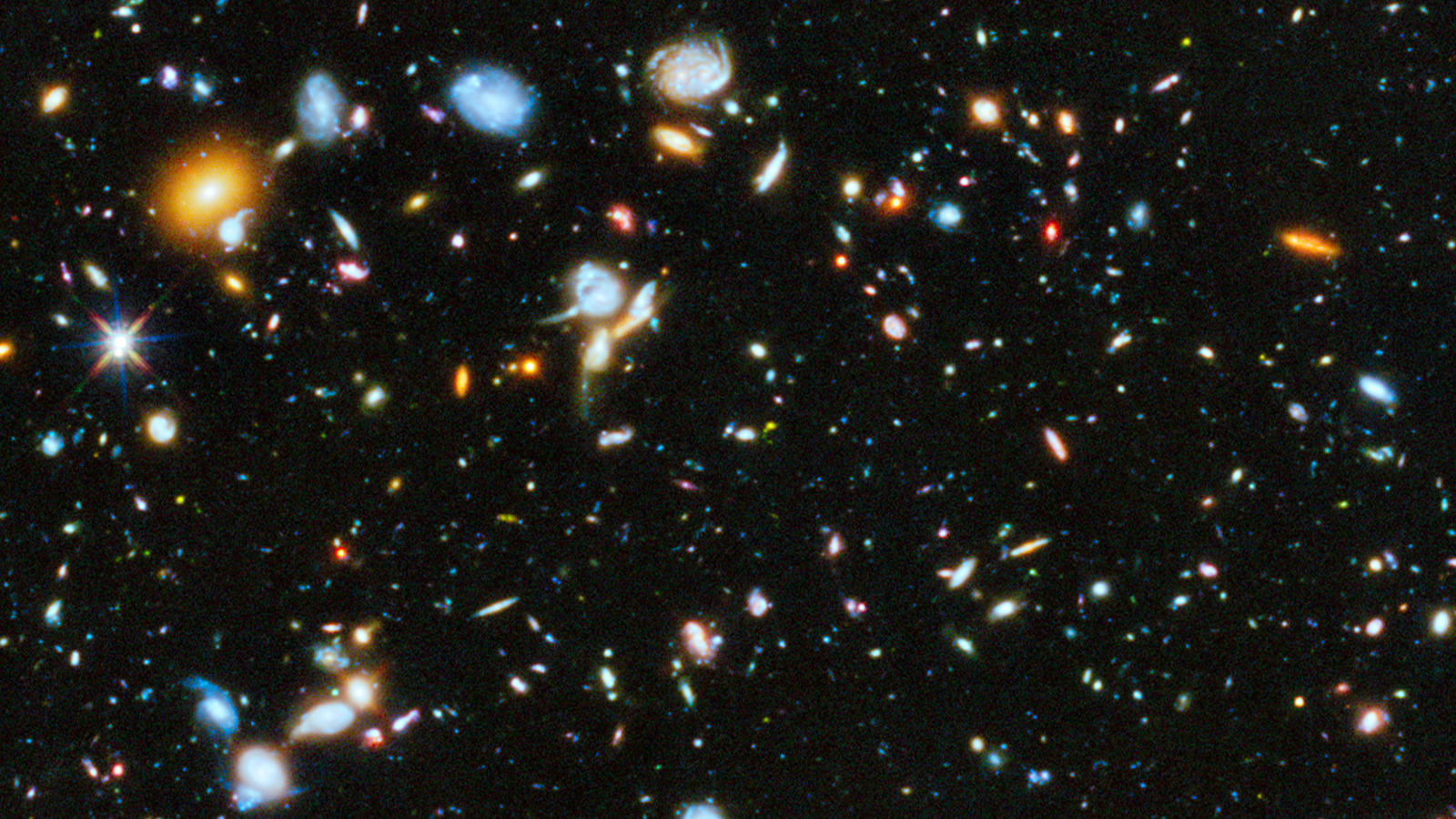Stay Up to Date
Submit your email address to receive the latest industry and Aerospace America news.
ENCORE: We ran this question in April 2022 and didn’t get any correct responses. So let’s try this again.
Q: Dark energy, of course, is invisible. Yet scientists discovered the existence of it partly through visible light observations from |the Hubble Space Telescope. How can this be?
Send a response of up to 250 words to [email protected]. By responding, you are committing that the thoughts and words are your own and were not created with the aid of artificial intelligence. DEADLINE: noon Eastern Nov. 21.
FROM THE JULY-SEPTEMBER ISSUE: We asked if it’s true that Earth’s blue skies result from the same principle that exoplanet researchers rely on to study atmospheres.
WINNER: False. Our blue skies are the result of a phenomenon called Rayleigh scattering, which has nothing to do with absorption by molecular spectral lines. Rayleigh scattering is a largely geometric effect and depends most strongly on the radius of the scattering particles (by the 6th power) and the wavelength of the light hitting it (inversely by the 4th power). For a given size particle (e.g. nitrogen and oxygen molecules in air), the inverse dependence on wavelength means shorter wavelengths scatter more strongly than longer ones. So the blue sky we see is actually the shorter wavelengths of sunlight scattered by the gas particles throughout the atmosphere reaching our eyes. This same phenomenon is what causes sunsets to appear reddish, as the large air column along the line of sight toward the horizon preferentially scatters the blue light away, leaving a strongly red-biased spectrum to reach the observer.
Asad Aboobaker, AIAA senior member
Pasadena, California
Asad is a systems engineer at NASA’s Jet Propulsion Laboratory.
For more on molecular absorption, here’s what retired NASA cosmologist John Mather had to say when he answered the original puzzler in 2022: “Astronomers use the James Webb Space Telescope to study planets when they transit in front of their host stars for a few hours. Some of the starlight goes through the atmosphere of the planet, if it has one, on its way to the telescope, and we analyze that. … But Rayleigh scattering can’t tell us what specific molecules are in an exoplanet. With Webb, we spread out the exoplanet light into a spectrum, a rainbow of colors. Many molecules absorb light very strongly at particular colors, and when we see an exoplanet spectrum with those features, we can identify the molecules.”
About Aerospace America
Related Posts
Stay Up to Date
Submit your email address to receive the latest industry and Aerospace America news.




